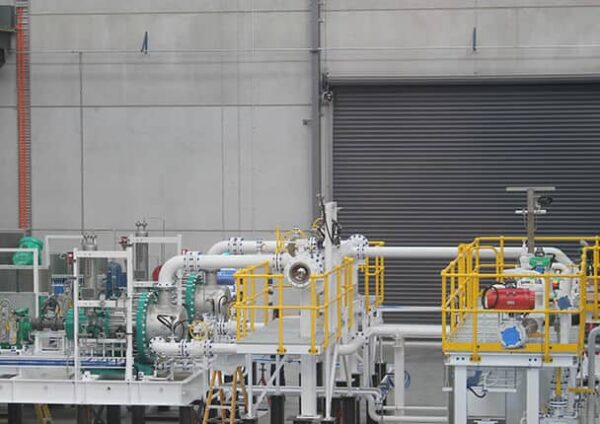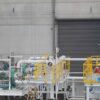Emtivac Gas Compressor

FLARE GAS RECOVERY & HAZARDOUS GAS COMPRESSION: GOOD FOR THE ENVIRONMENT AND THE BOTTOM LINE
Emtivac Engineering is an Australian company with 30 years’ experience in Hazardous gas compression applications using Liquid Ring Compressor Technology.
LR Gas Compressors
Emtivac designs and builds Liquid Ring Gas Compressors & packages for hazardous & non-hazardous applications to suit any size project using Emtivac & Pompetravaini compressors. Single units available up to 11 bar pressure, capacity up to 26,000m³/h.
Applications include:
- Flare Gas Recovery Compressors
- Vinyl Chloride Monomer Recovery
- Hydrogen Compression
- Butadiene Gas Compression
- Carbon Dioxide (CO2 wet) Compression
- Methane Drainage (Coal Mines)
- Coal Seam Gas Wellhead Booster Compressor
- Hydrogen Sulphide (H2S) Gas Compression
- Sewage Digester Gas Compression
Emtivac’s extensive long term experience in designing, manufacturing and maintaining compressor systems for all the above applications gives us the know how to apply our engineering expertise to ensure a successful result for difficult compression applications.
FLARE GAS RECOVERY APPLICATIONS
Responsible companies today are working to minimise waste gas flaring and minimise unnecessary CO2 emissions by recovering and reusing Flare Gas. Flare gas recovery is a particularly difficult compressor application due to the highly variable gas composition, corrosive gas containing H2S and CO2, particulate carry over and potential for liquid carry over. The Liquid Ring Compressor is ideal for use in this application as the compressor can deal with gases ranging from 100% hydrogen to heavy hydrocarbon gases as it is a positive displacement machine. The liquid piston effect of the liquid ring also absorbs the heat of compression, so discharge temperatures are normally only 15 – 20°C higher than the service water temperature. Most flare gas compressor systems use a service water recirculation system, where the water is cooled in an auxiliary heat exchanger to minimise water consumption. The recovered Flare Gas is generally used to supplement fuel gas in refinery boilers, so the payback time for the investment can be less than 2 years.
























